
Polycomb Group Transcriptional Repressor: Suppress to Sustain
Plant Physiology, Plant Physiology: News and ViewsEvidence of epigenetic gene regulation in plant immunity was first reported in 1975 (Guseinov et al., 1975) with the demonstration that cytosine methylation is altered in response to pathogen infection. Since then, it has been established that pathogen infection influences DNA methylation and histone…
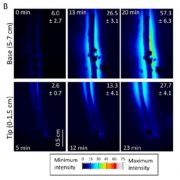
New Advances in the Imaging of Sugars
Plant Physiology, Plant Physiology: On The InsideThe in vivo imaging of sugars is useful for understanding how assimilated carbon, in the form of sugars, moves in plants and how this process is differentially regulated. Voothuluru et al. (10.1104/pp.18.00614) developed a gel-based enzyme-coupled colorimetric and fluorometric assay to image glucose…
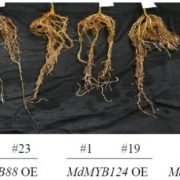
Transcription Factors and Apple Drought Tolerance
Plant Physiology, Plant Physiology: On The InsideWater deficit is one of the main limiting factors in apple (Malus × domestica) cultivation. Root architecture plays an important role in the drought tolerance of plants. Due to the difficulties associated with the visualization of root systems, however, there is currently a poor understanding of the…
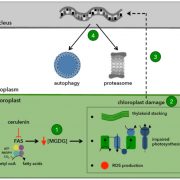
Chloroplast Damage Triggers Autophagy
Plant Physiology, Plant Physiology: On The InsideUnder normal growth conditions, there is a constitutive or basal level of autophagy in plant cells that helps to recycle unnecessary cell contents. Autophagy provides essential building blocks (e.g. amino acids and fatty acids) and energy sources that promote cell homeostasis and survival. Autophagy…
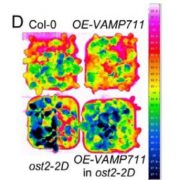
A SNARE Protein that Regulates Plasma Membrane H+-ATPase activity
Plant Physiology, Plant Physiology: On The InsideThe plant hormone abscisic acid (ABA) plays an important role in plant drought responses. Previous studies have indicated that ABA inhibits plasma membrane H+-ATPase (PM H+-ATPase) activity, and the resultant decrease in PM H+-ATPase activity promotes stomatal closure under drought stress, thereby reducing…
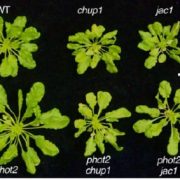
Chloroplast Accumulation Enhances Photosynthesis and Biomass Production
Plant Physiology, Plant Physiology: On The InsideLight-induced chloroplast movement is one of the most important responses for utilization of photosynthetic light. Chloroplasts move toward weak light-irradiated areas to efficiently absorb light (the accumulation response), whereas they move away from excess light to avoid photodamage (the avoidance…
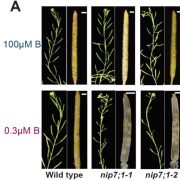
A Tapetal Boric Acid Channel Involved in Pollen Cell Wall Formation
Plant Physiology, Plant Physiology: On The InsideBoron (B) is an essential plant micronutrient that plays a major role in cell wall structure and function by providing cross-linking of the rhamnogalacturonan II (RG-II) pectin component of the cell wall. Under normal pH conditions, B is found principally as boric acid. Although boric acid permeates…
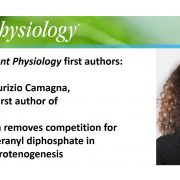
Recognizing Plant Physiology first authors: Maurizio Camagna
Plant Physiology, Plant Physiology: Author ProfilesMaurizio Camagna, first author of Enzyme fusion removes competition for geranylgeranyl diphosphate in carotenogenesis
Current Position: PhD Student at Nagoya University
Non-scientific Interests: Traveling, gardening, programming, learning languages, drinking and brewing beer, magnets
Brief Bio:…

Recognizing Plant Physiology first authors: Peitong Wang
Plant Physiology, Plant Physiology: Author ProfilesPeitong Wang, first author of Arsentate Induced CHLOROSIS 1/ TRANSLOCON at the outer envelope membrane of CHLOROPLASTS 132 Protects Chloroplasts from Arsenic Toxicity
Current Position: PhD student. State Key Laboratory of Crop Genetics and Germplasm Enhancement, College of Resources and Environmental…

